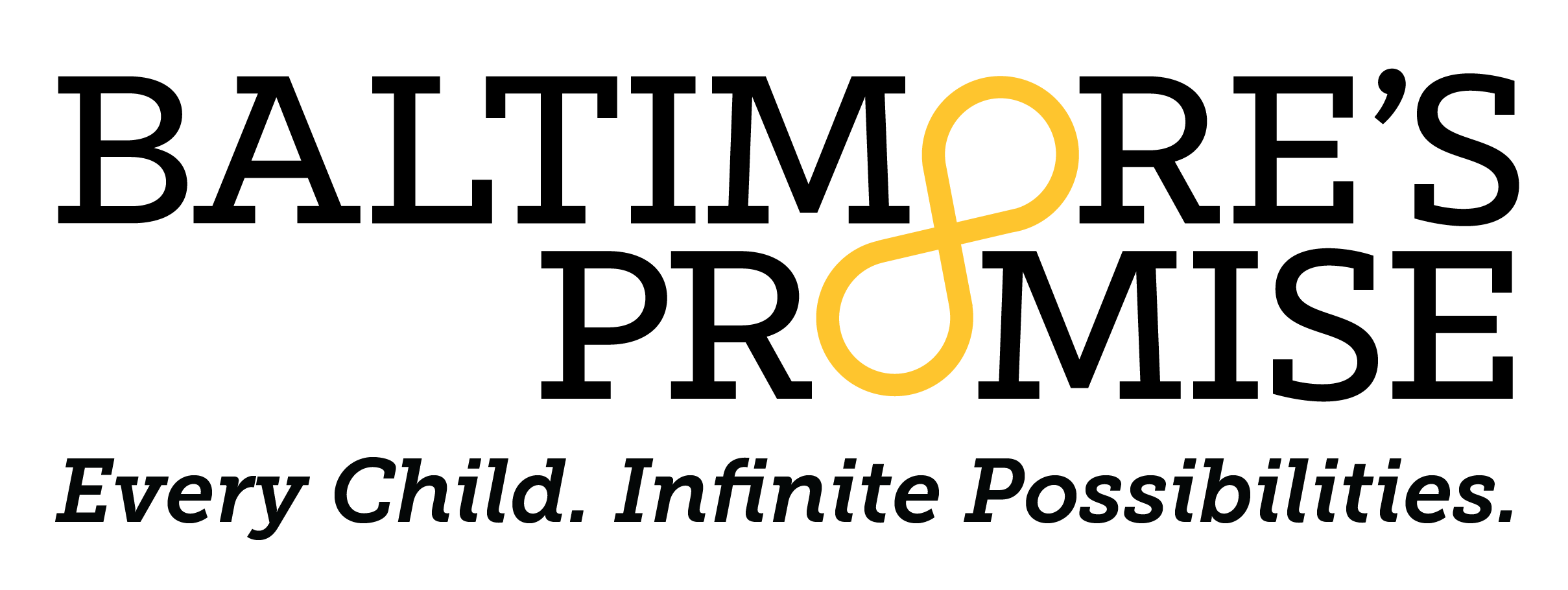Older Youth Literacy Research
Local Data & Research
In 2018 and 2019, Baltimore’s Promise convened nearly 500 youth and adult partners and met with more than 25 groups to understand the root causes of literacy and employment outcomes and what enrichment opportunities are needed in Baltimore City. During this process, we collected a robust set of data via citywide surveys, data sharing with agencies and partners, youth and practitioner participatory data walks, and focus groups to understand the stories and experiences behind the literacy data and what enrichment opportunities exist for young people in Baltimore City. You can learn more about our findings and collection process here.
We also maintain the Baltimore Youth Data Scorecard, a resource designed to make data related to the health and well-being of children and young people living in Baltimore City accessible to all, including literacy data. The interactive Data Scorecard provides community stakeholders the opportunity to track the best available data on how Baltimore’s children and youth are collectively faring. In 2019 we saw that a white student was about four times more likely to meet or exceed grade level expectations than a Black student in Baltimore City. Below is a link to more information on how high school students have fared on the Partnership for Assessment of Readiness for College and Careers (PARCC) 10th grade English Language Arts Assessment.
National Research
In August 2019, Baltimore’s Promise made a commitment to significantly improving the literacy rates of Baltimore City’s young people at a population level. This was a priority for us to better understand the issue of low literacy levels in Baltimore City and its long-term impact. Since making that commitment we have designed three older youth literacy interventions to achieve our goal. Our Literacy Demonstration Model concepts are the result of research, convening, analysis, and strategy work conducted.
In Summer 2020, Baltimore’s Promise commissioned a team of researchers to conduct a national scan on effective older youth and family literacy interventions. While the research team did not find a single answer, or “silver bullet”, to addressing the issues, and root causes, of low literacy levels in young adults, they did present us with a helpful and needed framework to begin coming together to decide what is already happening and possible for Baltimore.
The resulting report, Advancing Academic Literacy and Numeracy Learning for Older Youth, Young Adults, & Families in Baltimore presents findings from an exploratory study of practices, strategies, interventions, and/or programs which have been successful in developing the academic literacy skills of two sub-populations: (1) older youth and young adults and (2) young parents and their children.


